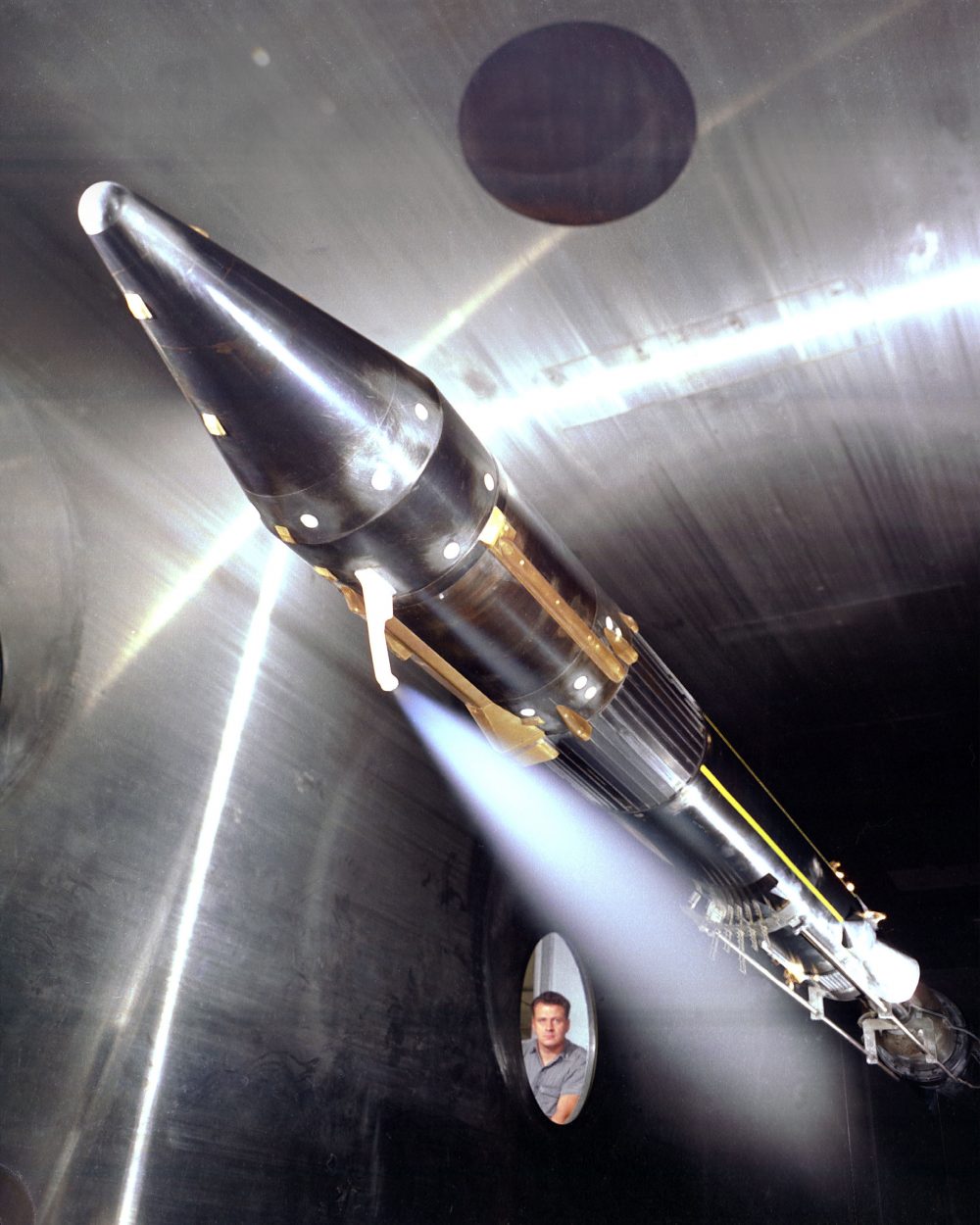Earth and the moon have had a pretty steady relationship over the last 4.53 billion years, but our planet is about to have a close encounter with another body in space, according to astronomers’ projections.

A small object is expected to fall into Earth’s orbit in October, when it will potentially become a so-called “mini-moon” for the next several months. The new object, dubbed 2020 SO, will loop around the Earth in a figure-eight before spinning back into space in May 2021, according to NASA tracking data. The space agency has dubbed it an Apollo object, meaning it’s expected to cross Earth’s orbit.

Most space objects are asteroids, but astronomers say there’s something unusual about this one. They say it’s no mini-moon — it’s a piece of space trash. More specifically, it might be a discarded Centaur rocket booster from the Surveyor 2 robot that crash-landed on the moon in September 1966.
Whatever it is, it could become the second mini-moon in Earth’s orbit this year after 2020 CD3, a car-sized bit of space rock, left us in February. That mini-moon quietly circled Earth for about two years, though astronomers didn’t spot it until shortly before it left.
This one is on course to become a mini-moon but it has a “highly chaotic path,” according to Tony Dunn, who runs the website Orbit Simulator.
Mini-moons are extremely rare despite our luck with them this year. Earth’s gravity will typically pull a space rock down as a meteor or bend its trajectory before releasing it into space. However, space objects can do a few loops around our planet if they approach it just right.
That’s what happened with 2020 CD3 earlier this year. Earth also hooked up with another asteroid, dubbed 2006 RH120, for a brief mini-moon fling through space 14 years ago.

Get breaking National news
There’s still no guarantee that the object will become a mini-moon, as Lisa Harvey-Smith, an astrophysicist with the Australian government, pointed out on Twitter.

The object is expected to come within 50,000 kilometres of Earth on its first pass, and within 220,000 kilometres for its second close encounter. Both passes will bring it closer to Earth than the moon.
This object would become our third mini-moon in recent memory — and perhaps the first one made by humans.
The strongest indicator that it’s not an asteroid is the low velocity, according to Alice Gorman, a space archaeologist at Flinders University in Australia.
“What I’m seeing is that it’s just moving too slowly, which reflects its initial velocity,” she told ScienceAlert. “That’s essentially a big giveaway.”
The object is between 6.4 and 14 metres long, according to NASA.
The Centaur rocket booster was 12.68 metres long, and it helped propel the Surveyor 2 lander to the moon exactly 54 years ago. The lander jettisoned the booster into space during the mission.
Gorman says that if it is an old piece of human technology, she’d like to scan it to see how much damage it’s sustained after half a century in space.
“It’s human material that’s been out in a different part of space,” she said.
“It would be interesting to compare that to the results you get from stuff in low Earth orbit, which is much, much denser material.”
The object is expected to approach Earth on Oct. 1.









Comments